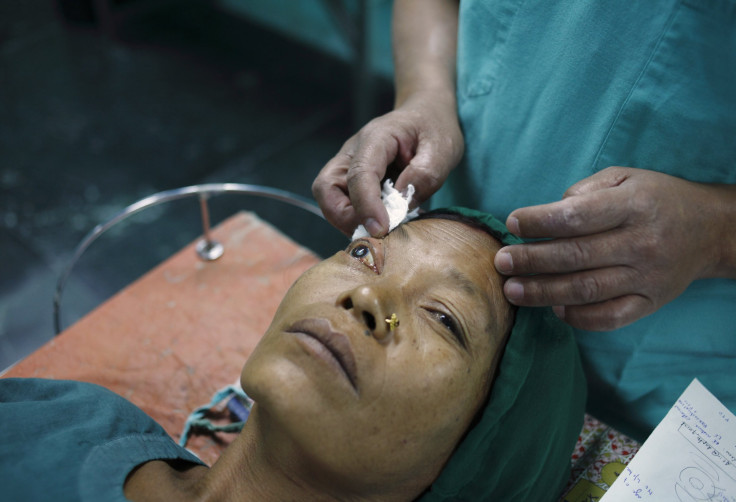Nepalese Doctor Has Cured 100,000 Blind People With A Five-Minute Procedure

A miracle worker has sent the world abuzz by restoring the eyesight of approximately 100,000 people in two continents. The Nepalese eye doctor, named Sanduk Ruit, does this through an unbelievable five-minute procedure!
With the global poverty statistics linked to the 90 percent incidence of the world’s blind population, as reported by the World Health Organisation (WHO), Ruit had a life vision of providing quality eye care to the poorest of the poor. This drove him to formulate a quick medical intervention that can help to treat patients instantly.
The genius procedure involves incising a small portion of the patient’s eye, and removing the cloudy cataract that impairs the vision. He instills an inexpensive artificial lens in replacement to the area where the cataract was removed. He performs this procedure to the world’s poorest patients, and also imparts his knowledge to other eye surgeons, with the aim of delivering cure to as many blind patients as possible.
Ruit has dedicated his life to providing quality eye care, encompassing the multidisciplinary aspects of health. He currently manages an eye hospital called Tilganga in Kathmandu, which was established in 1994, together with late Australian ophthalmologist and philanthropist Fred Hollows. The said hospital also manufactures advanced lenses to treat cataracts and myopia, which are also being exported to 30 countries worldwide.
Ruit and his team also do field work, specifically for patients who cannot come to their hospital for a variety of reasons. They set up mobile clinics in the remote regions of Nepal and nearby countries. They use classrooms, animal stables, and tents as temporary hospitals, where they perform the simple surgery. An eye patch is applied to the patients after the operation, and this is removed the day after. The group’s ultimate victory largely comes from that touching moment when the doctors remove the eye patch and the patient attests that they can clearly see again.
Also known as the “God of Sight,” Ruit said he is grateful that he can a difference in the lives of people he cures. He grew up in a small village in the Himalayas, which was very far from the nearest school. Her sister died of tuberculosis when he was 17, and that led him to live a life of service.
To contact the writer, email rinadoctor00@gmail.com





















